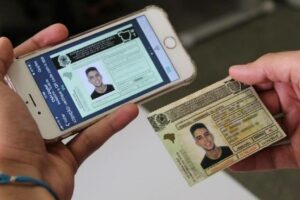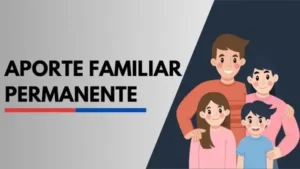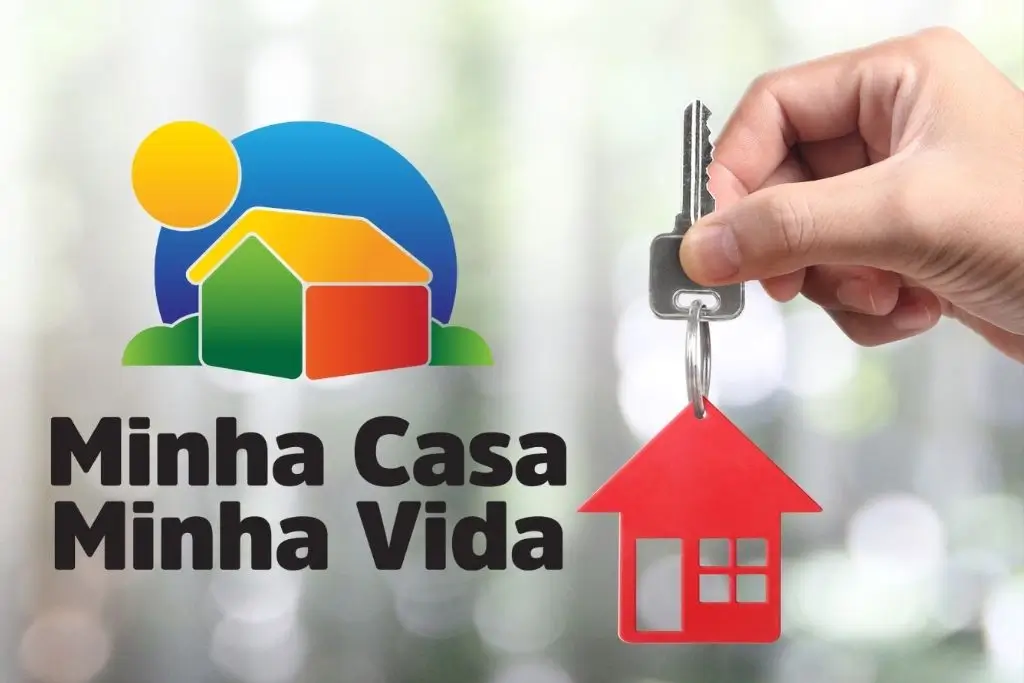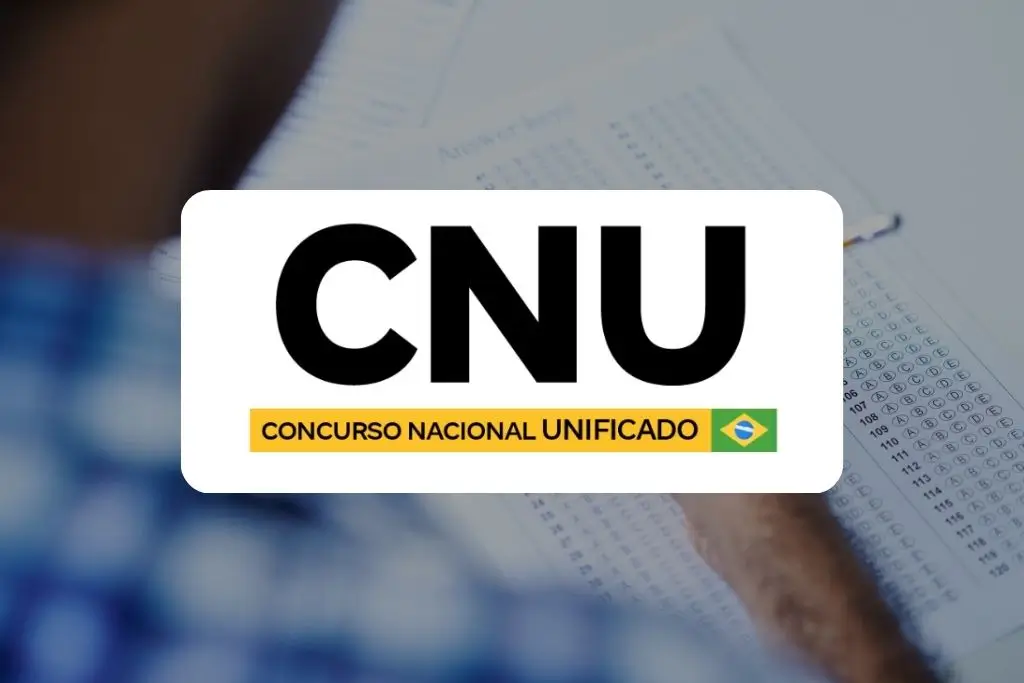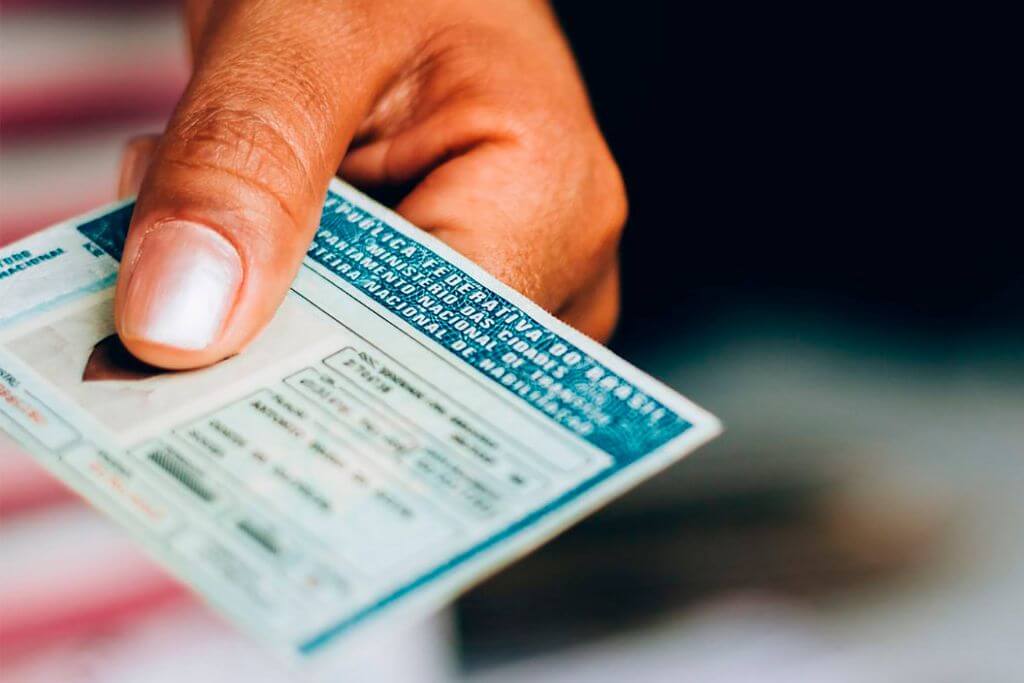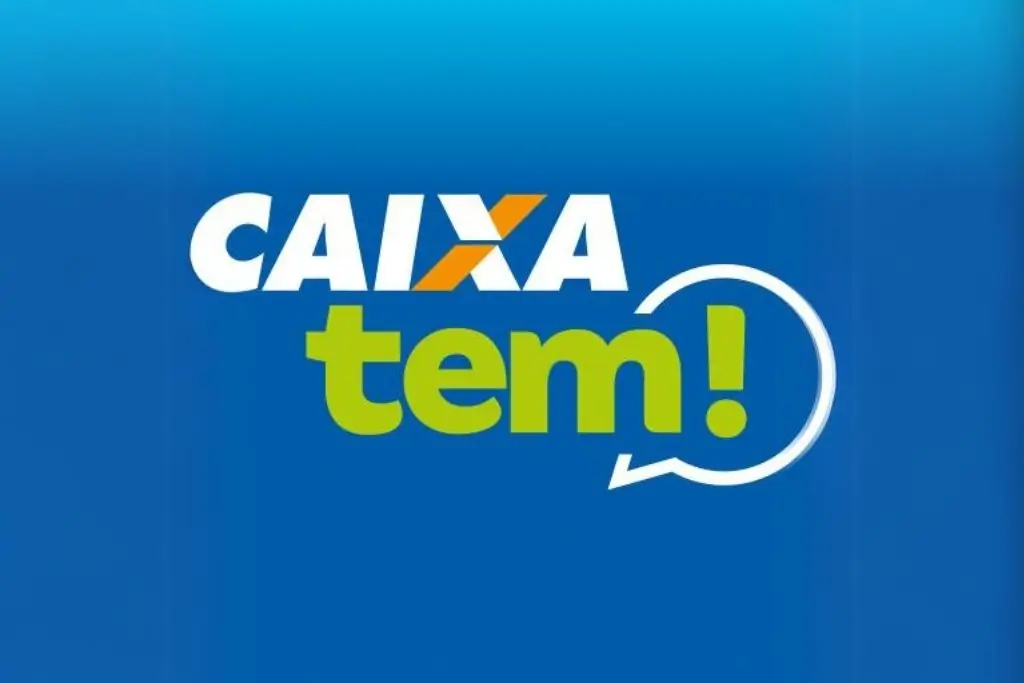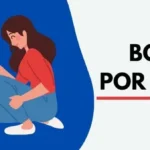Find out all about the Single Registry and who is entitled to this facility for citizens to access their benefits.
Adverts
The Cadastro Único, or Single Registry, was created by the Federal Government with the aim of making it easier to identify people and families who are socially vulnerable, in order to integrate and select these groups and make them eligible to receive the social benefits offered by the government.
This service is one of the main factors responsible for entry into various social programmes, and in some cases it is a prerequisite, since with CadÚnico it is possible to map and have access to a database that facilitates the analysis and provision of services that will help with the social inclusion of the most vulnerable Brazilian families.
By having a single register, socially vulnerable Brazilians have a certain guarantee that both the Ministry of Citizenship and other social programme management bodies will have more viability and precision in targeting the services offered to this section of the population.
Adverts
CadÚnico is a gateway to various social programmes, providing significant benefits for registered families. Through it, it is possible to access Bolsa Família, Minha Casa Minha Vida, ID Jovem, Auxilio gás and others.
As the programme is aimed at the low-income section of the population, the focus of the service is precisely on these individuals and families. So, if your family has a total income of less than half the minimum wage per person, you already meet one of the main criteria for being selected for the programme.
The registration process is quite simple, but it requires extra care and attention, since the collection of this data needs to be precise and consistent. As such, the process is divided into two stages: an optional pre-registration, and a compulsory face-to-face registration - we'll see more about both later.
In short, the Single Registry is more than just a database, it's a powerful tool for promoting social inclusion and reducing inequalities in Brazil. So if you think you're ready to sign up for this service, you should know that registering is essential.
Read on to find out more about how it works, who can enrol and how to check your Unified Register.
Quick Index:
What is the Single Registry?
The Cadastro Único, also known as CadÚnico, is a government service, more specifically from the Ministry of Development and Social Assistance, Family and Fight against Hunger.
You might be interested:
- Football on your mobile phone: best apps
- GPS: the 05 best apps
- CNH Digital: see how to download the app
This service stores a range of information about low-income families and is a requirement for other social programmes.
To summarise, CadÚnico is:
- A programme created by the Federal Government with the aim of mapping low-income families in Brazil, highlighting their experiences and reality;
- An important tool for participating in other social programmes;
- This is a way of ensuring that the Ministry of Citizenship and the other bodies managing the programmes can be more feasible and precise when targeting services.
Currently, around 28 social programmes rely on the Cadastro Único database to map out who can and cannot take part in them. Although each social programme has its own selection criteria, the first step is to keep your CadÚnico up to date.
Programmes that use the Unified Registry
- Bolsa Família Programme;
- Social Electricity Tariff Programme;
- Gas aid;
- People's phone;
- Exemption from Public Tender Fees;
- Youth ID;
- Elderly card;
- My House, My Life Programme;
- Green Grant Programme
- Among others from the federal government and municipalities;
Remember that each of the programmes has its own criteria and rules for selection, but with up-to-date registration in the Unified Registry, the candidate already has the main requirement common to these social services.
Who is entitled to the Unified Register
As the programme aims to assist part of the population characterised as low-income, the focus of the service is precisely on these individuals and families. Therefore, the main criteria for being eligible for the Single Registry are:
- Be the head of the household (preferably a woman);
- Have a monthly income of up to half the minimum wage per person;
- Have a total monthly family income of up to 03 minimum wages;
- Have a higher income, but are interested in a programme or benefit that uses the Unified Registry in its concessions;
All this information can be found directly on the Federal Government's website.
How to register with CadÚnico
If you meet the criteria described above and want to enrol, there are two main stages to registration: pre-registration and in-person registration. Remember that both must be carried out by the Head of Household.
Check out the step-by-step instructions for both stages:
1st stage: Pre-registration
Even though pre-registration is optional, it's important to know that it helps to speed up the registration process and get a quicker response about the benefits. And the main advantage is that it can be done completely online by following the steps below:
- Check that you meet the requirements to register with CadÚnico, such as having a family income of up to three minimum wages or half a minimum wage per person, among other criteria.
- Access the app or CadÚnico's official website.
- Select the "Pre-registration" option available on the app or website.
- Fill in the details requested on the pre-registration form. It is important to provide accurate and up-to-date information.
- Complete pre-registration on the app or website;
- After finalising the pre-registration, wait for confirmation of registration.
- The family responsible for the pre-registration has up to 240 days (8 months) to register in person.
Important! If the person concerned is unable to complete this stage of the process, they must go in person to register their family.
2nd stage: Registration in person at CRAS
This stage can only be done in person, and can be carried out even if the interested party is unable to pre-register. All you need to do is follow these steps:
- Find the Social Assistance Reference Centre (CRAS) nearest to you. You can use the CadÚnico website or app to find the "Service Centres".
- Make an appointment for a face-to-face interview at CRAS, if necessary.
- Make sure you gather the necessary documents:
- Responsible Family Member (RF): CPF or Voter ID.
- Legal representative (if applicable): CPF and term of custody, guardianship or curatorship of the person to be registered.
- Documents of other family members (at least one):
- CPF;
- Voter registration;
- Birth certificate;
- Marriage certificate;
- Identity card (RG);
- Labour card.
- Organise to attend the face-to-face interview at CRAS.
- The interview lasts about an hour.
- On the day of the interview, the person responsible for the family (preferably over 16 and preferably a woman) must go to CRAS with their personal documents and those of the people living in the same house.
- If the family does not have an eligible Family Guardian, registration can be done through a Legal Representative, as long as they are not from the same family, live in the same house or share income with the people interested in the benefit.
- During the interview, provide all the information requested and present the documents needed to complete the registration.
- After registering in person, wait for the CadÚnico registration to be analysed and confirmed.
Remember that procedures may vary or be updated over time, so it is advisable to check the latest information with the organisations responsible for the Unified Registry.
Important! It is not necessary for the whole family to attend the interview at CRAS, just the person responsible for the family.
How to check your CadÚnico
If you've already registered and have your CadÚnico card, here's how to check it:
- Access the CadÚnico website or application.
- Choose one of the available consultation methods: "Consultation by CPF", "Simple consultation" or "Complete consultation".
- Enter the data requested in the enquiry form.
- Click on "Consult" or "Search" to get the result of the consultation.
Alternatively, you can consult CadÚnico by calling the Ministry of Citizenship's telephone numbers: 121 or 0800 707 2003.
It is important to always update your Unified Register at least every 2 years or whenever there are any changes to the family group or the data you have entered. Keeping it up to date is important to allow proper access to social programmes and benefits.
Common questions
Approval time
Once you've signed up, your details need to be verified and your registration approved, and this process takes around 45 days to complete.
How long does the interview take
The interview at CRAS lasts about an hour.
What questions will be asked at the interview
Several questions are asked about your family, family income, level of education, among other things.
Who is considered low-income in 2023
Families with a monthly income of up to half the minimum wage per person.
Conclusion
More than just collecting data, the Unified Registry is an essential service for inclusion and reducing inequalities in Brazil. By knowing the reality of the most vulnerable families, it is possible to target resources and actions to guarantee a better quality of life and more opportunities for these people.
Once you have the Unified Registry, you will know about and have access to various social programmes that will improve your conditions and those of your family. It is therefore possible to see that this service plays a crucial role in building a fairer and more supportive country, seeking to improve the quality of life of those most in need.
So, if you fulfil the criteria and pre-requisites or know someone who is on the list of people eligible for the service, share this content so that they can have more information about their rights.
You may be interested:


